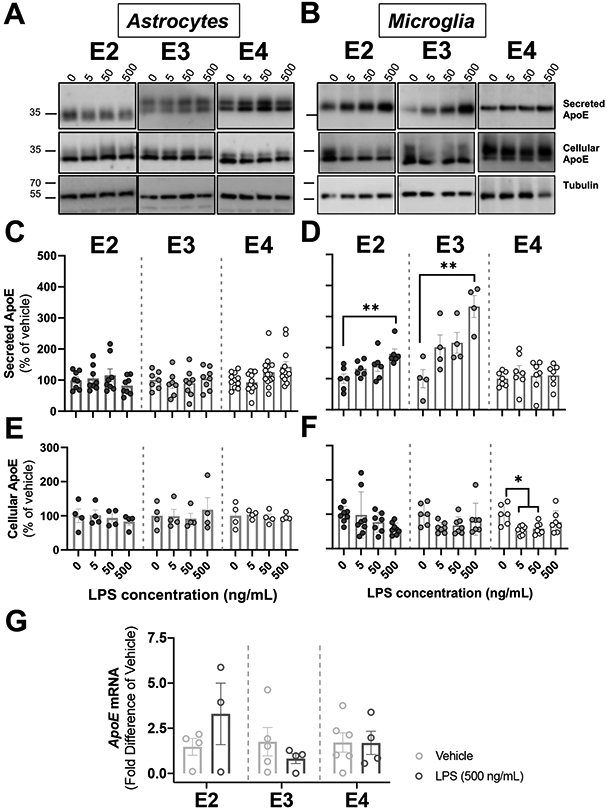Figure 3. Activation of glial cells by LPS is cell-type and genotype specific.

Glial cells derived from human APOE (E2, E3, E4) targeted-replacement mice were treated with several doses of LPS (5-500ng/mL). Conditioned media and cells were collected at 24 hrs., and were analyzed by western blotting with antibodies against apoE. Tubulin was used as a loading control in cell lysates. (A-B) Representative immunoblots showing the changes in secreted and cellular apoE by astrocytes (A) and microglia (B) in response to LPS. (C) ApoE secretion in astrocytes did not change after LPS application. Quantification of western blots. Bar graphs represent the mean ± SEM (n=6-8, 3-4 experiments, run in duplicate). (D) APOE2 and APOE3 microglia release more apoE at 24 hrs. than APOE4 microglia. Quantification of western blots. Bar graphs represent the mean ± SEM (n=4-6, 2-3 experiments, run in duplicate). **p<0.005 vs. untreated control. (E-F) Cellular apoE in astrocytes (E) and microglia (F) following LPS stimulation. Quantification of western blots. Bar graphs represent the mean ± SEM (Astrocytes: n=4, 2 experiments, run in duplicate; Microglia: n=6, 3 experiments, run in duplicate). (C-F) A one-way ANOVA was used to assess outcome measures from pharmacological manipulation, setting vehicles at 100%. (G) APOE mRNA expression was expressed as fold difference from vehicle. Bar graphs represent the mean ± SEM (n=3-6, 3 experiments, run in duplicate). A two-tailed Student T-test was used to assess outcome measures from pharmacological manipulation, setting vehicle treatment as control.
